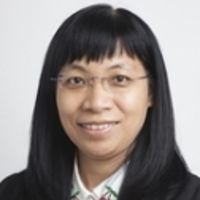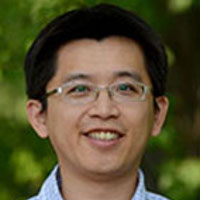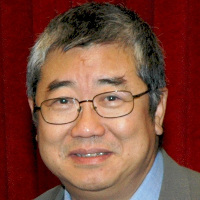
to establish as an internationally renowned, research-led assembly of skilled specialists in Chinese language education
to initiate, facilitate and participate in research projects related to the advancement of Chinese Language education
to disseminate research on Chinese language education throughout the region and further afield through publications, seminars, conferences and workshops
to establish and maintain contacts with school teachers and principals, education researchers and research institutions in Chinese speaking territories, locally and internationally
to provide a centre from which institutions and organisations can draw upon human and other resources for contracted research, consultation and training in relation to the Chinese language education
to provide a platform for in-service teachers and educational researchers to share experience in the teaching of Chinese, the use of Chinese Language across the curriculum, and the use of information technology in Chinese Language learning and teaching
Until 1997 secondary schools in Hong Kong were free to choose the language used for classroom instruction. Most opted to use English as the Medium of Instruction (EMI). In response to complaints about declining Chinese and English standards among students in Hong Kong and the widespread feeling among teachers that many students found learning through EMI exceedingly difficult, the then Education Department of the Hong Kong Government conducted a review of the language policy in Hong Kong. Following the Guidance on Medium of Instruction issued by the Education Department in 1997 which firmly advised secondary school teachers to use Chinese as the Medium of Instruction, the majority of secondary schools switched from using English to Chinese as the medium of instruction in September 1998.
The abrupt change of the language policy created problems since many teachers were not prepared to switch to use CMI at such short notice. Colleagues from the former Department of Curriculum Studies of the Faculty visited a number of CMI schools and held extensive interviews with principals and teachers in an effort to understand the nature of the problem and the types of support schools needed. To provide more systematic support for teachers using CMI, the CMI Project was launched by the Faculty in September 1998. The CMI Project is publicized and known to the public as the “Support Centre for Teachers Using Chinese as the Medium of Instruction(母語教學教師支援中心)”.
The primary aims of the CMI Project were to improve the quality of teaching and learning, to provide a forum for CMI teachers to discuss and share experiences, and to offer first-hand assistance to CMI teachers in the classroom. The Project hosts and maintains a website offering schools a range of specially-prepared CMI resources (http://www.cmi.hku.hk). The Project has also established a close connection with about 380 member schools. During the past years, the Project has built a strong reputation for offering targeted support and advice on effective pedagogy in language education and teaching using CMI.
Project team members have substantial experience conducting research into the teaching and learning of Chinese Language and Literature at primary and secondary school levels. Their research, which has involved in-depth study of child language and Chinese linguistics, has led to the development of multimedia software targeted at helping students learn Chinese characters. Two related websites, the ‘Dragonwise’ website (http://www.dragonwise.hku.hk) and ‘Chinese Language Education’ website (http://www.chineseedu.hku.hk), have been constructed. The focus of the former website is on using information technology in the teaching and learning of Chinese, while the focus of the latter is on developing theoretical perspectives related to the teaching and learning of Chinese for students and teachers. A wide range of books, articles, research reports and multi-media products have also been produced. These have contributed to the advancement of Chinese Language education in Hong Kong and in other parts of the world.
The CMI Project has also successfully established extensive research collaboration networks with institutions and education bureaus in the Mainland. These institutions include Beijing Normal University, Suzhou University, National Institute of Education Research, Education Research Bureau of Guangdong Province, Chinese Language Education Association for Secondary Schools, Taiwan Normal University, and Taiwan Yuan Ze University. Collaborative projects have also been conducted with Gothenburg University in Sweden, Nanyang Technological University in Singapore, and San Francisco State University in the United States.
The achievements of the CMI Project have provided a solid foundation for CACLER to build upon.















